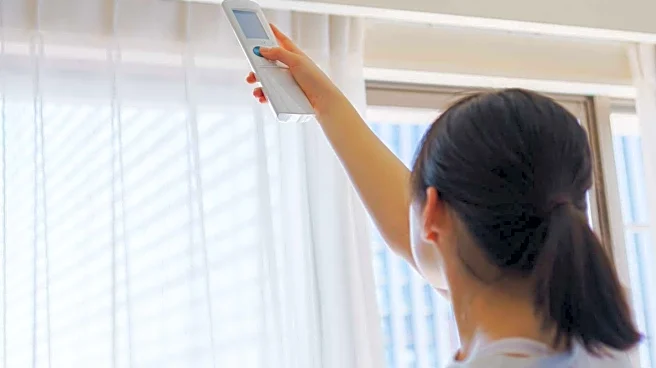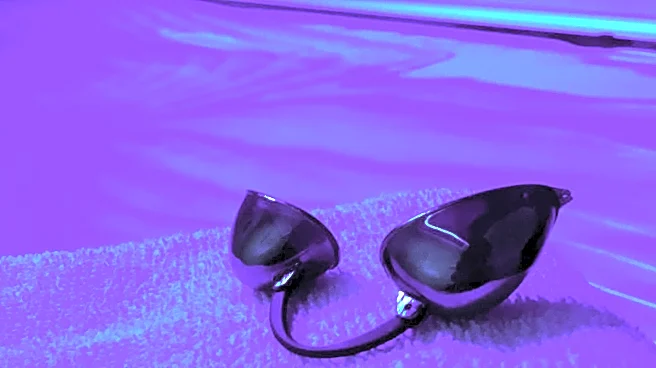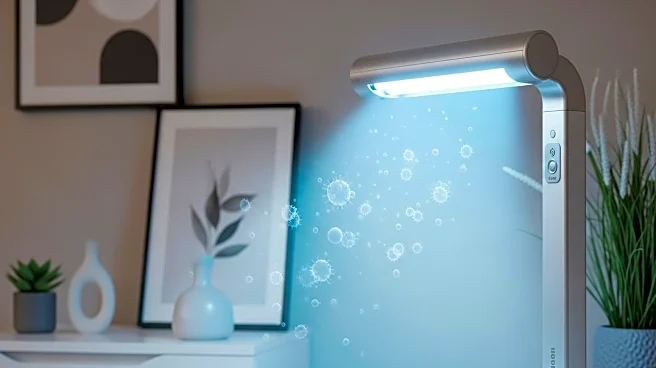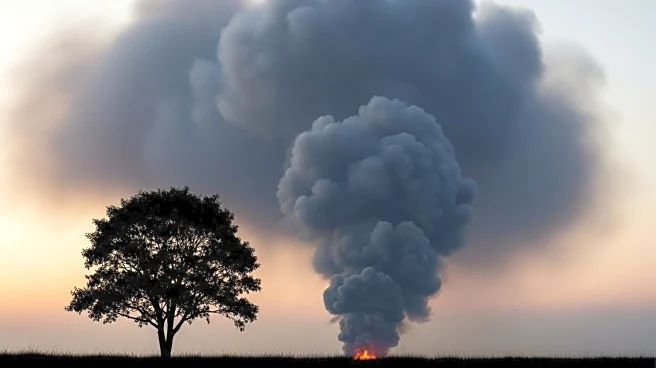What's Happening?
Concerns have been raised about the potential health risks associated with household air conditioners and gas heaters. Legionnaires' disease, a severe form of pneumonia caused by the Legionella bacteria, is often linked to stagnant warm water dispersed as mist from cooling towers, spas, and fountains. However, reverse-cycle split system air conditioners do not store water, making them unlikely breeding grounds for Legionella. The primary risk from these systems is dust, mold, and allergens in dirty filters, which can exacerbate asthma or hay fever. Regular cleaning of filters can mitigate these risks. On the other hand, gas heaters, particularly unflued or poorly maintained ones, can emit carbon monoxide, a colorless and odorless gas that is potentially deadly at high levels and harmful even at lower levels with long-term exposure. Gas appliances also produce nitrogen dioxide, which has been linked to asthma flares in children and lung irritation in adults.
Why It's Important?
Understanding the health risks associated with household heating and cooling systems is crucial for public health and safety. While reverse-cycle air conditioners are generally safe when properly maintained, gas heaters pose a significant risk due to potential carbon monoxide emissions. This information is vital for homeowners to make informed decisions about their heating and cooling systems, ensuring they take necessary precautions to protect their health. Regular maintenance and the installation of carbon monoxide alarms can significantly reduce these risks. The broader impact includes potential changes in consumer behavior, with increased demand for safer heating options and heightened awareness of indoor air quality.
What's Next?
Homeowners are advised to continue using reverse-cycle air conditioners while focusing on the safety of their gas heaters. It is recommended to retire unflued or very old gas heaters, install carbon monoxide alarms, and ensure proper ventilation when using gas appliances. Additionally, insulating and draught-proofing homes can reduce the workload on heating and cooling systems, enhancing efficiency and safety. These steps can help mitigate health risks and improve indoor air quality, potentially influencing future regulations and standards for household appliances.
Beyond the Headlines
The discussion around household heating and cooling systems highlights broader issues of indoor air quality and public health. As awareness grows, there may be increased advocacy for stricter regulations on appliance safety standards and more comprehensive public health campaigns. This could lead to innovations in heating and cooling technology, focusing on reducing emissions and improving air quality. The cultural shift towards prioritizing health and safety in home environments may also influence consumer preferences and market trends.











